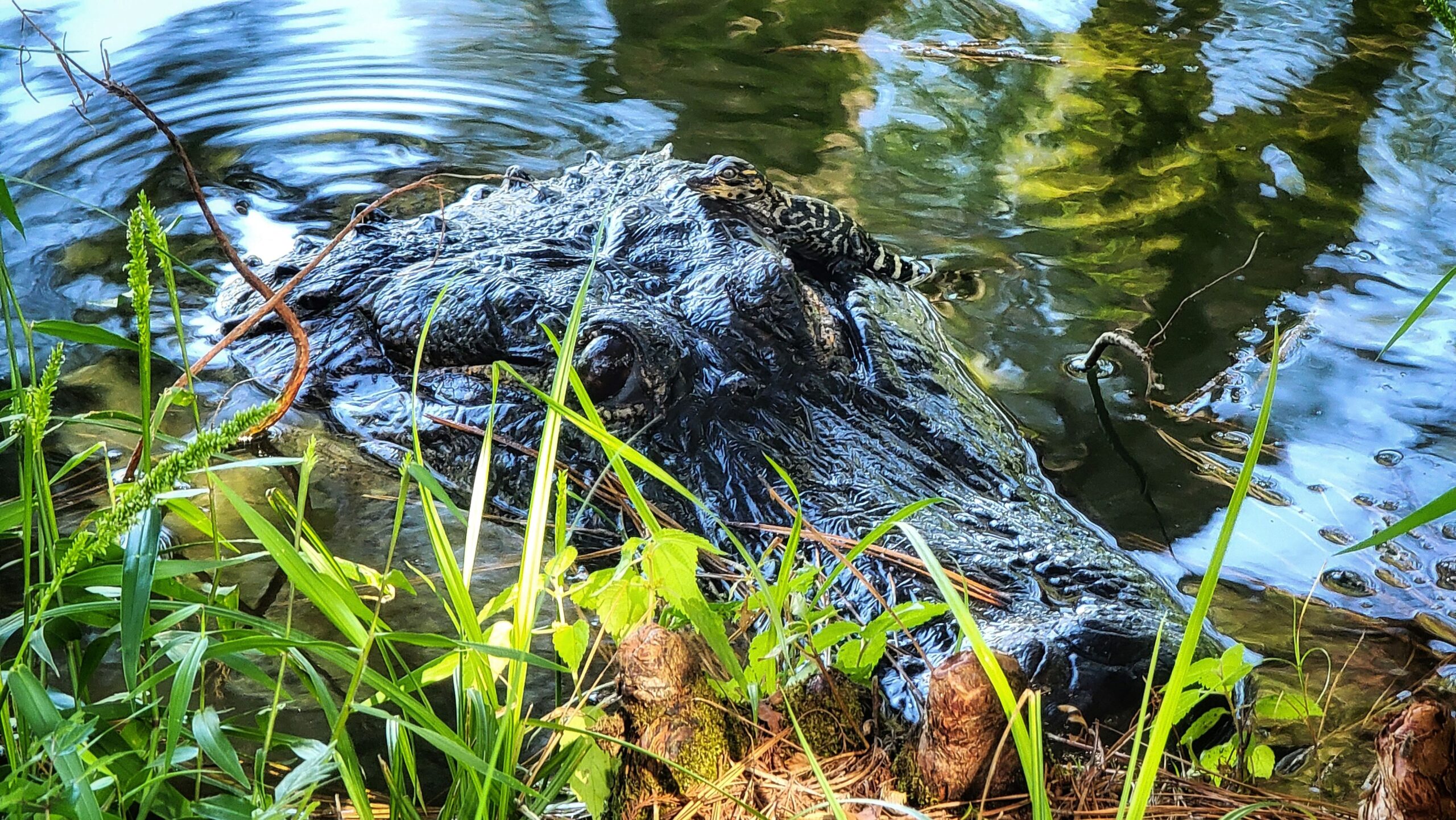Radioecology

Since its inception in 1951 by Dr. Eugene Odum, a University of Georgia professor and a pioneer in radioecology, the Savannah River Ecology Laboratory (SREL) has been at the forefront of radioecology research. This scientific field, focusing on the sources, transport, fate, and effects of radionuclides in the biosphere, has been a cornerstone of SREL’s work for decades. With over 200 scientific publications, SREL has established an international reputation in radioecology, matching the achievements of leading global laboratories.
Today, SREL is one of the few U.S. institutions dedicated to radioecology research. SREL researchers are exploring the environmental fate and transport of radionuclides, both domestically and internationally. Their cutting-edge studies include examining radionuclide retention in long-lived organisms, tracing radionuclide movement across trophic levels, developing technologies for precise radionuclide exposure mapping, and investigating the impacts of low-dose radiation on organismal proteome and glycome. The unique contaminant history of the Savannah River Site, combined with SREL’s unparalleled expertise and facilities, positions the laboratory as a premier center for radioecology research globally.
